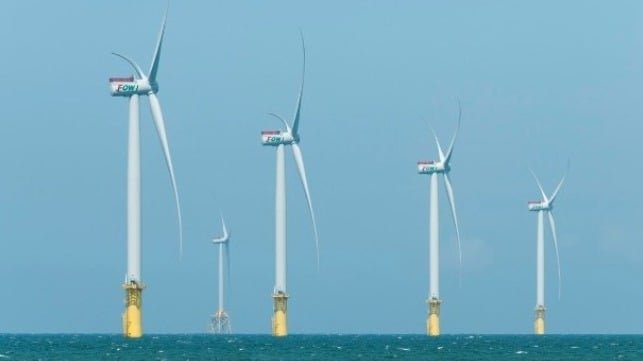President Trump Signs Executive Order Banning Offshore Wind Leasing
On the first day of his new term, President Donald Trump made a significant move by signing an executive order that utilized the Offshore Continental Shelf Lands Act (OCSLA) to prohibit any future offshore wind leasing in federal waters. This decision effectively puts an end to the Biden administration’s plans for new lease sales off southern Oregon and the U.S. Gulf Coast, although it does not impact existing leases.
President Trump cited reasons such as maintaining low energy costs for consumers and preserving the fishing industry as the driving force behind his decision. These factors have long been points of contention surrounding the offshore wind industry, especially along the East and West Coasts.
However, the ban on future wind leasing has sparked concerns among offshore wind proponents who warn of potential job losses, jeopardizing $1.8 billion in Jones Act shipbuilding orders, and disrupting a supply chain that benefits 40 states. Liz Burdock, head of the Oceantic Network, emphasized the economic repercussions of halting offshore wind development and urged the administration to reconsider its stance.
While some in the offshore wind industry view the temporary withdrawal as an opportunity to reassess the sector’s direction, others see it as a chance to address issues related to foreign involvement in renewable energy projects. The Offshore Marine Service Association (OMSA) welcomed the pause in development, highlighting the need to prioritize American jobs, shipyards, and the economy.
Despite the White House labeling the order as temporary, reversing an OCSLA lease withdrawal may prove challenging without congressional intervention or a Supreme Court ruling. The 1953 OCSLA legislation grants the president the authority to withdraw areas from leasing but lacks provisions for rescinding such withdrawals, as established by a 2019 court ruling.
In a separate executive order, President Trump also revoked former President Biden’s OCSLA withdrawal for offshore oil and gas leasing on the West and East Coasts. Additionally, he declared a national energy emergency, directing expedited energy project permitting by the U.S. Army Corps of Engineers, with a focus on the West Coast and Northeast regions.

